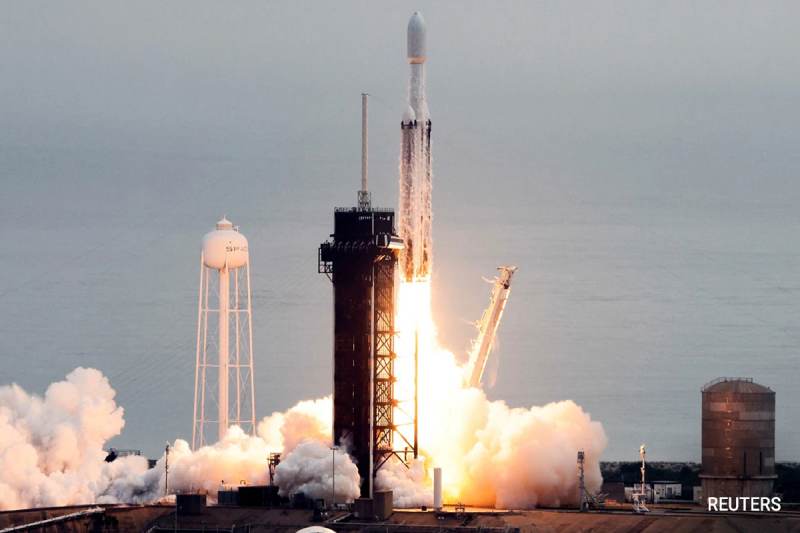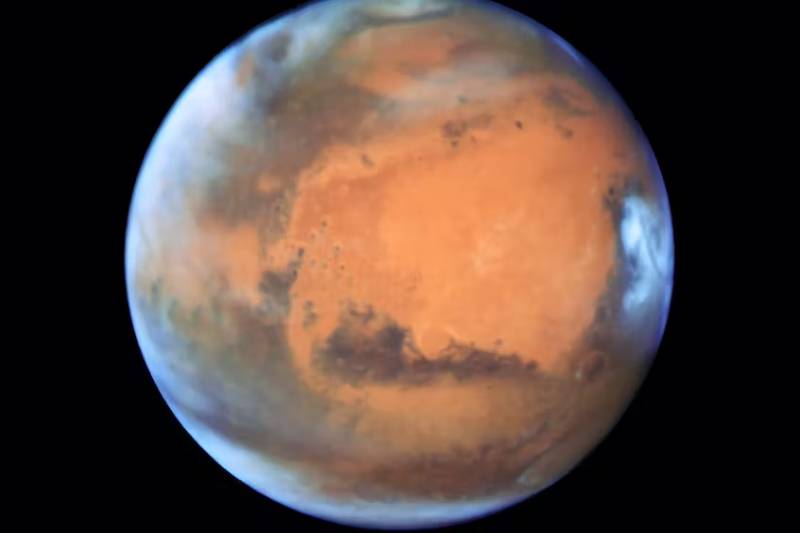The NASA Psyche mission recently took flight after a series of delays, launching on a SpaceX Falcon Heavy rocket from Launch Pad 39A at NASA’s Kennedy Space Center in Florida. The launch signifies a significant step toward exploring the metal-rich asteroid Psyche, potentially uncovering valuable insights into the formation of rocky planets.
The mission, which suffered from previous delays, embarked on its journey on October 13 at 10:19 EDT (14:19 UTC). Shortly after launch, two-way communication with the spacecraft was successfully established at 11:50 EDT, reassuring NASA that the spacecraft was in good health.
In addition to investigating the asteroid Psyche, measuring around 279 kilometers in width, and seeking to enhance our understanding of the formation of rocky planets, the spacecraft carries the Deep Space Optical Communications technology demonstration. This technology aims to revolutionize data communication capabilities compared to traditional radio frequency communications.
Psyche’s mission will enter a commissioning phase while following a trajectory involving a gravity assist from Mars in 2026, leading to its anticipated arrival at the asteroid in 2029. In the coming six weeks, the active checkout of science instruments will be carried out, and around three weeks later, engineers will conduct tests on the optical communications technology demonstration.
This mission marks NASA’s first venture beyond the Moon using high-data-rate optical or laser communications, although NASA emphasized that the data from the Psyche mission would not be transmitted using this technology.
The utilization of SpaceX’s Falcon Heavy for this mission represents a significant milestone for NASA. It is the first time that the launcher has been entrusted with NASA’s “most complex and highest priority missions.” The decision was made in early 2023, marking the conclusion of a two-and-a-half-year effort.
NASA’s dependence on SpaceX underscores the broader concern of limited launch provider options for the agency. Established providers like United Launch Alliance (ULA) face challenges in bringing new rockets online, with issues arising from conflicts like the Russia-Ukraine conflict and subsequent engine supply shortages. ULA is seeking alternative engines from Blue Origin but faces substantial delays with its Vulcan rocket.
Moreover, the European launch providers are grappling with challenges, such as the grounding of the Vega-C launcher and delays in the Ariane 6 schedule. Although other launch options exist globally, NASA’s choices for its missions and small satellite launches are dwindling, raising concerns about launch industry competition and reliability.
Disclaimer: The views, suggestions, and opinions expressed here are the sole responsibility of the experts. No Science Currents journalist was involved in the writing and production of this article.


